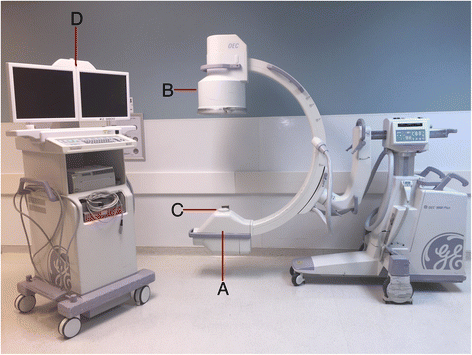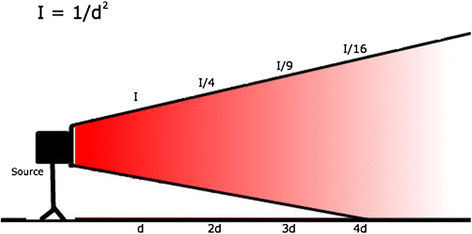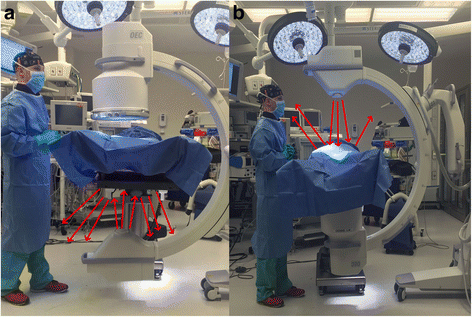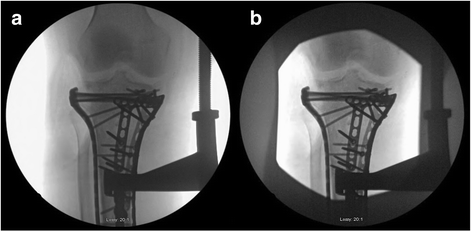Intraoperative radiation safety in orthopaedics: a review of the ALARA (As low as reasonably achievable) principle
- PMID: 27999617
- PMCID: PMC5154084
- DOI: 10.1186/s13037-016-0115-8
Intraoperative radiation safety in orthopaedics: a review of the ALARA (As low as reasonably achievable) principle
Abstract
The use of fluoroscopy has become commonplace in many orthopaedic surgery procedures. The benefits of fluoroscopy are not without risk of radiation to patient, surgeon, and operating room staff. There is a paucity of knowledge by the average orthopaedic resident in terms proper usage and safety. Personal protective equipment, proper positioning, effective communication with the radiology technician are just of few of the ways outlined in this article to decrease the amount of radiation exposure in the operating room. This knowledge ensures that the amount of radiation exposure is as low as reasonably achievable. Currently, in the United States, guidelines for teaching radiation safety in orthopaedic surgery residency training is non-existent. In Europe, studies have also exhibited a lack of standardized teaching on the basics of radiation safety in the operating room. This review article will outline the basics of fluoroscopy and educate the reader on how to safe fluoroscopic image utilization.
Keywords: Fluoroscopy; Operating room safety; Orthopaedic surgery; Radiation; Radiation exposure; Radiation safety; Surgical training; c arm.
Figures




References
-
- Dewey P, George S, Gray A. (i) Ionising radiation and orthopaedics. Curr Orthop. 2005;19(1):1–12. doi: 10.1016/j.cuor.2005.01.002. - DOI
Publication types
LinkOut - more resources
Full Text Sources
Other Literature Sources
Research Materials

